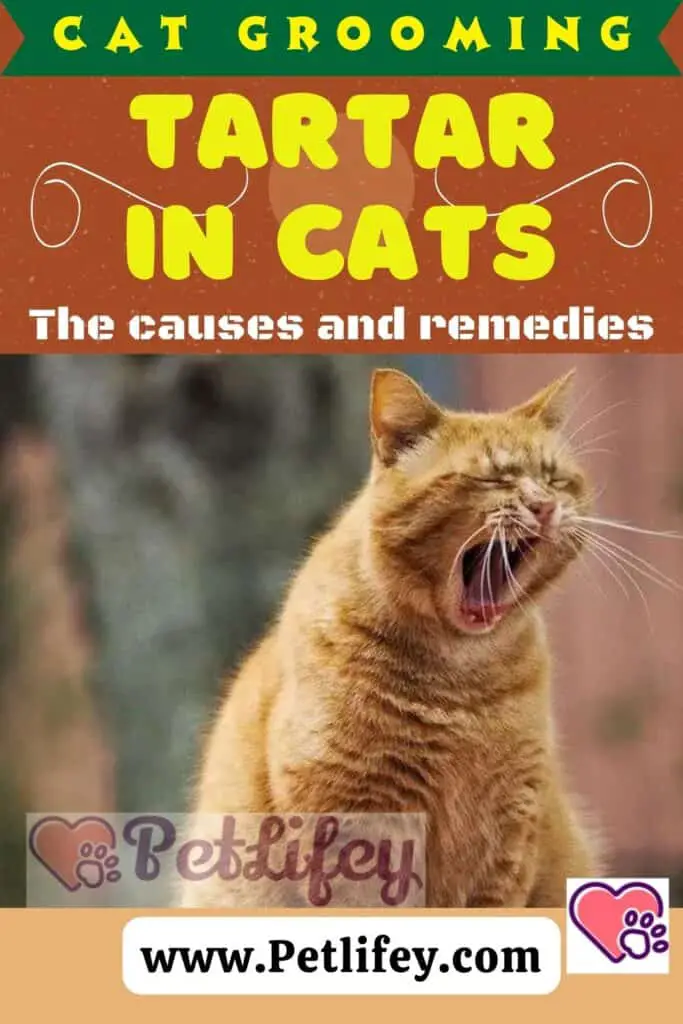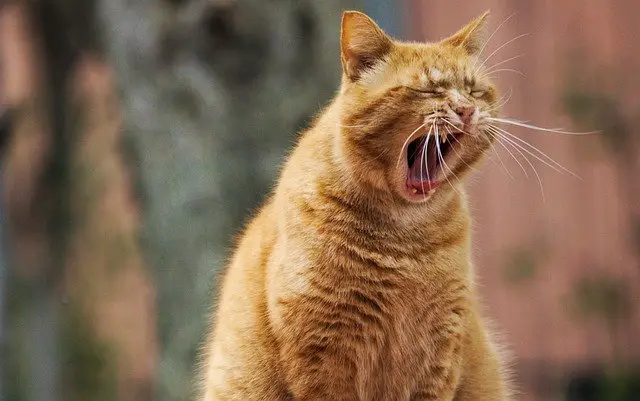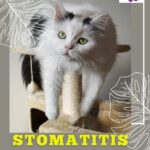
Tartar in cats is a problem that should never be underestimated. This discomfort can develop major health problems in the animal if it is neglected. The oral hygiene and the health of the mouth, in the cat, deserve the right attention. Let’s see together what are the causes of tartar in the feline and how it is possible to remedy.
Our cat also needs care regarding cleaning of the mouth and proper oral hygiene. A periodic check of the state of health of the mouth is very important for the prevention of diseases. Usually, the first sign of an oral problem in an animal is bad breath, a sign of something wrong. It is necessary to inspect the entire mouth of the hairy person often: gums, teeth and lips. But how does tartar behave in cats? Let’s see what causes it and what are the remedies to eliminate it.
Tartar in cats: what are the causes of discomfort
The presence of tartar in our cat reveals an accumulation of bacteria in the form of solidified layers. If you do not intervene in time, tartar can have very damaging consequences for your mouth health. Let’s see better in the article.
To understand if the oral health conditions in our cat are good and healthy, in addition to the smell of his breath, we must carefully observe the color of the mouth: lips and gums are pink when they are in good health. If your cat’s gums are a different color, there is a problem. Lips and chin can also reveal the presence of a disorder: if they have bad odor, swelling and inflammation it will be necessary to consult your trusted veterinarian.
Tartar spreads subtly: it does not stop on the surface of the tooth but also spreads under the gum. That yellow layer that we think we only see on the tooth is actually also present in the tissue that covers the bone where the tooth is attached. This slow spread between the gums can lead to nagging pain and discomfort, such as abscesses. We know that teeth must be white and with strong roots to be healthy. Tartar is that soft, yellow substance from the remnants of food in the mouth. It represents the development point of gum infections and disorders, such as gingivitis in cats and peridentitis.
Falling teeth and perennial bad breath are not excluded as serious consequences of this discomfort in the feline. The build up of tartar in your cat can consume the gum until it shrinks. In this case, it will no longer be able to support the teeth. This set of bacteria in its mouth can, in the long run, predispose the animal to the following diseases:
- Painful abscesses
- Inflammatory kidney disease;
- Heart disease in cats
- Gastric diseases;
- Maxillary sinusitis.
How, then, to check the condition of our cat’s mouth? Simple. Just gently lift the lip and see the color of the gums. To check if the blood circulation is normal, you need to apply pressure with your finger to see if the gum is whitening. Otherwise, the gums of the hairy one that have other colors reveal serious problems. If the gums are yellow : there may be jaundice or liver disease in the cat, as well as possible parasites in the blood.
The red gums, on the other hand, indicate the presence of blood in the mouth, infection, a symptom of fever in the feline. White gums reveal cat anemia or bleeding, as well as light pink gums. Finally, the cyanotic gums in the cat communicate a state of shock from a lack of oxygen.
The feline and tartar: prevention and treatment of the problem

Once the presence of tartar has been ascertained, with the consequences it brings with it for the cat, it is necessary to understand how to intervene to treat it correctly and how to do prevention to protect oral hygiene and its general health. Here are useful tips to take action!
We have understood how important it is to have the right attitude towards the health of the mouth of our furry pet. To combat tartar in the cat, the only solution is its removal. The export of the tartar will need anesthesia for the animal, since it is impossible to expect the necessary cooperation from him during the surgery, to remain motionless and with the mouth wide open all the time. Thanks to anesthesia, the surgery can be carried out by the doctor safely, allowing those movements that would be very painful to endure.
In this way, it will be possible to remove all the subgingival tartar, the most dangerous for your body. In any case, all preventive checks will be carried out, such as knowing the age of the cat and its general state of health, before making this intervention to the furry cat. To prevent the formation of tartar in cats, it is advisable to accustom them, from a puppy, to having their teeth brushed regularly, using a suitable toothbrush or one for children. Also gently clean the gums, for as long as possible and avoiding using toothpastes for humans, highly toxic to the animal!
The complete washing of the mouth can be done with the help of another person on each side; in this way it will be easier to keep his mouth wide open and to carry out a deep and correct cleaning. An effective tip for the prevention of tartar in your cat is to offer him dry food from time to time or have him gnaw on bones. We remind you to periodically check our friend’s mouth, to protect him and protect him from pain and diseases that he can safely avoid facing.






